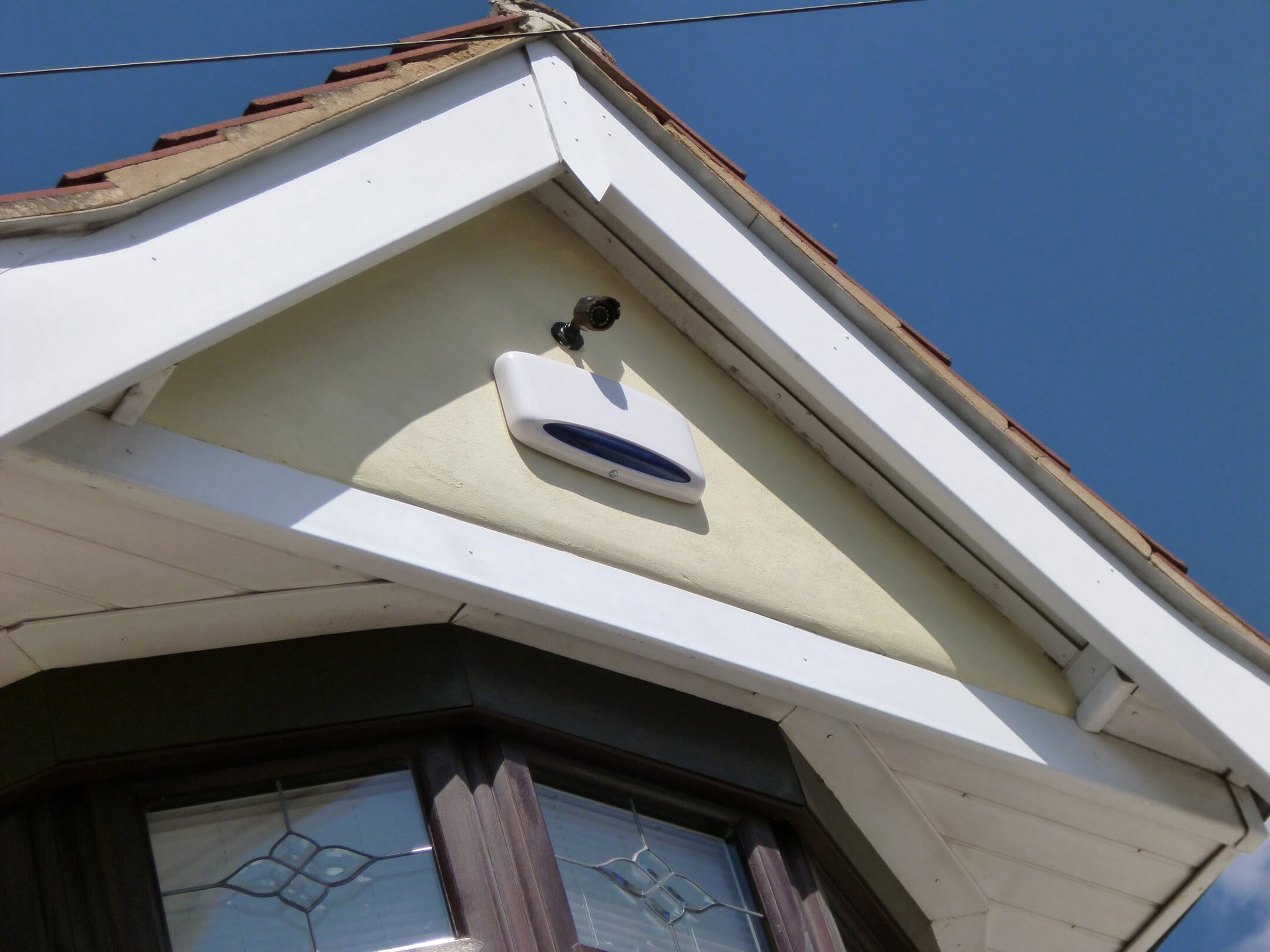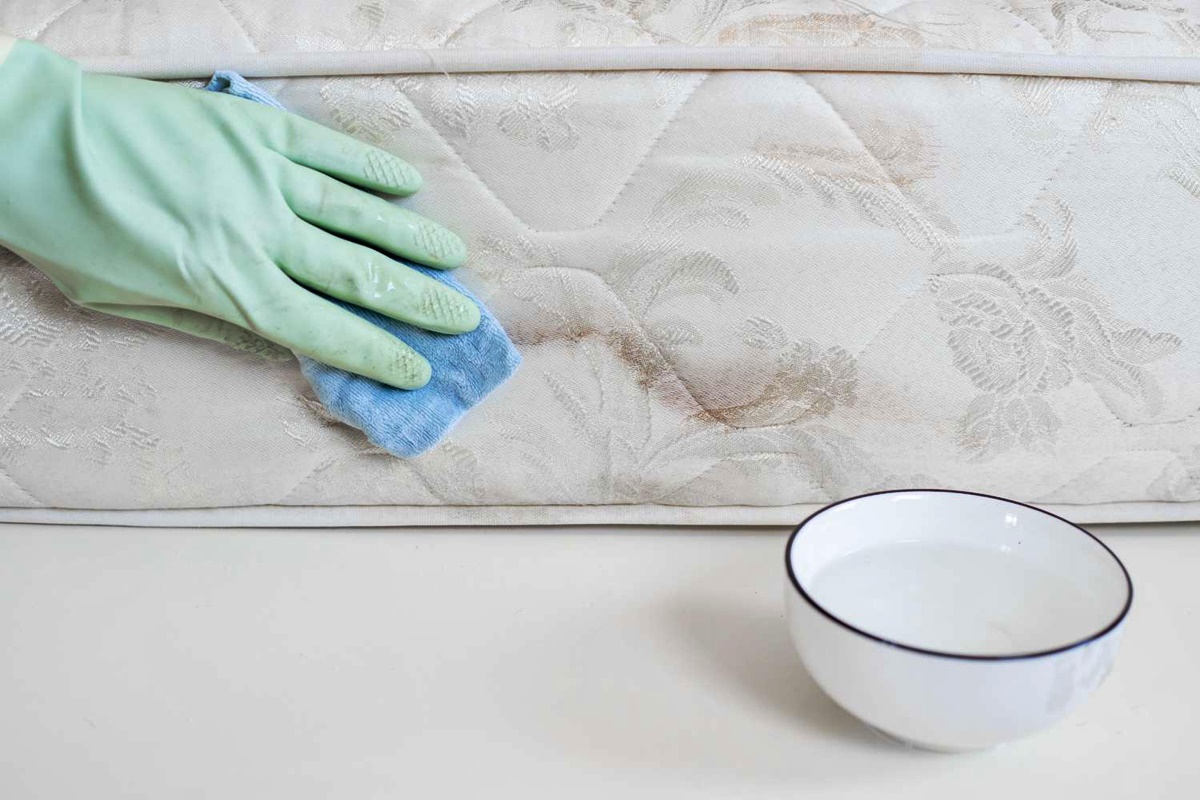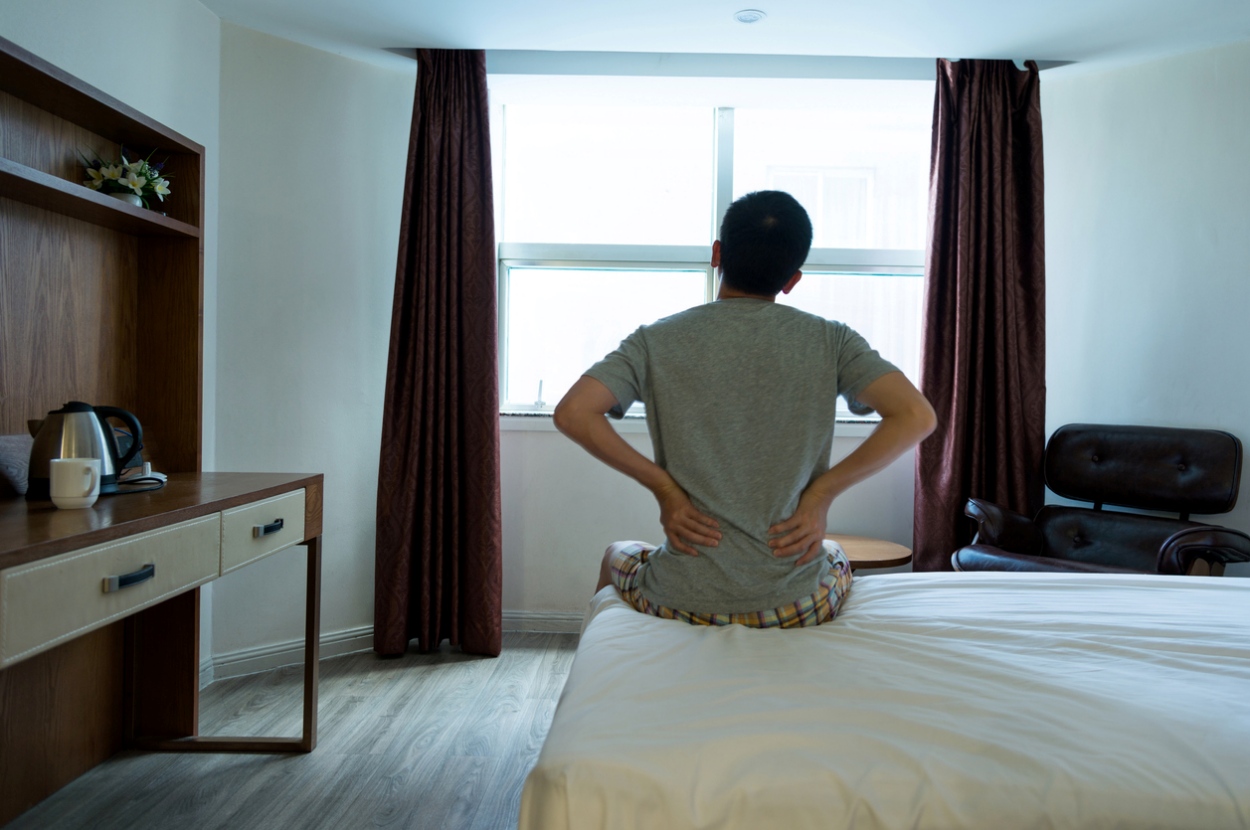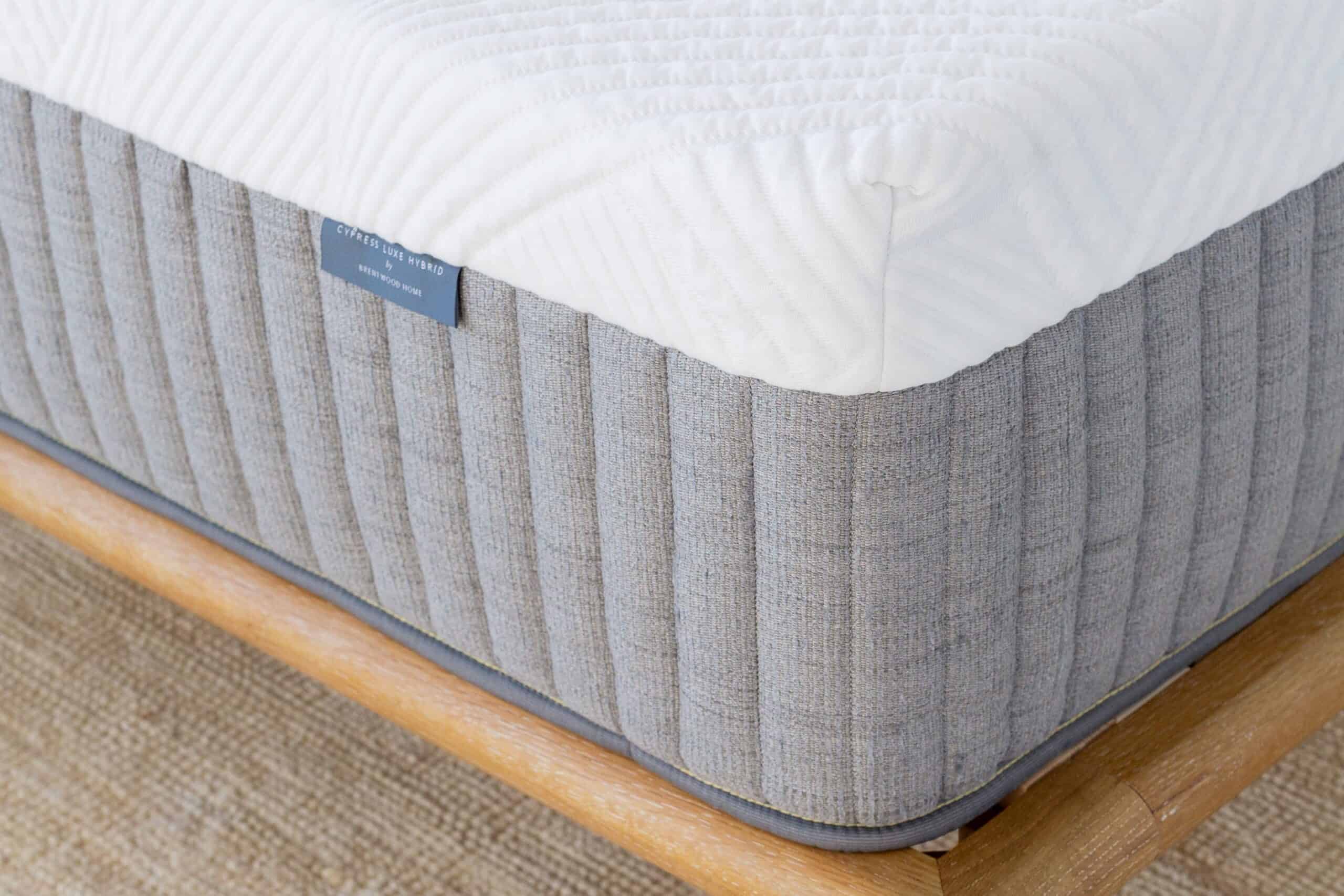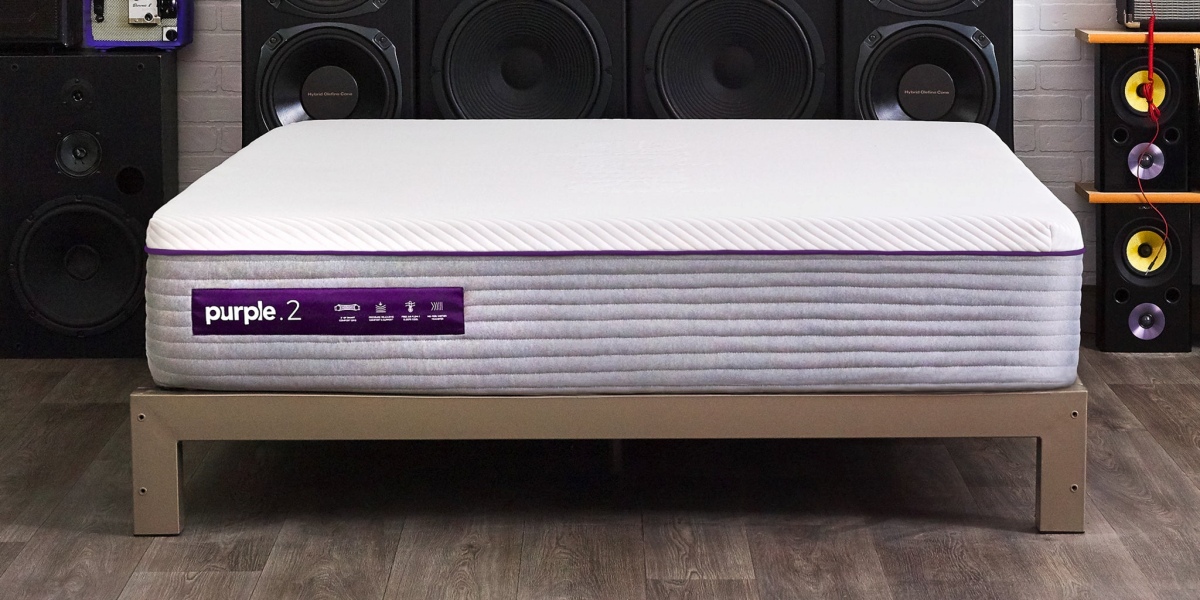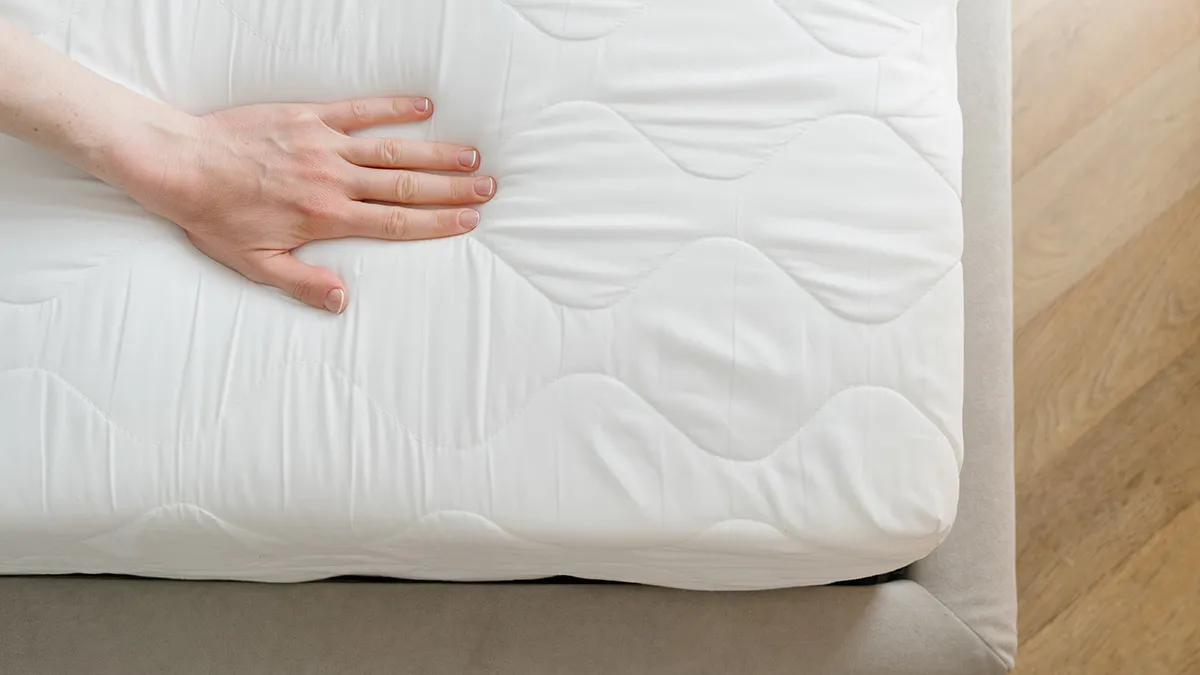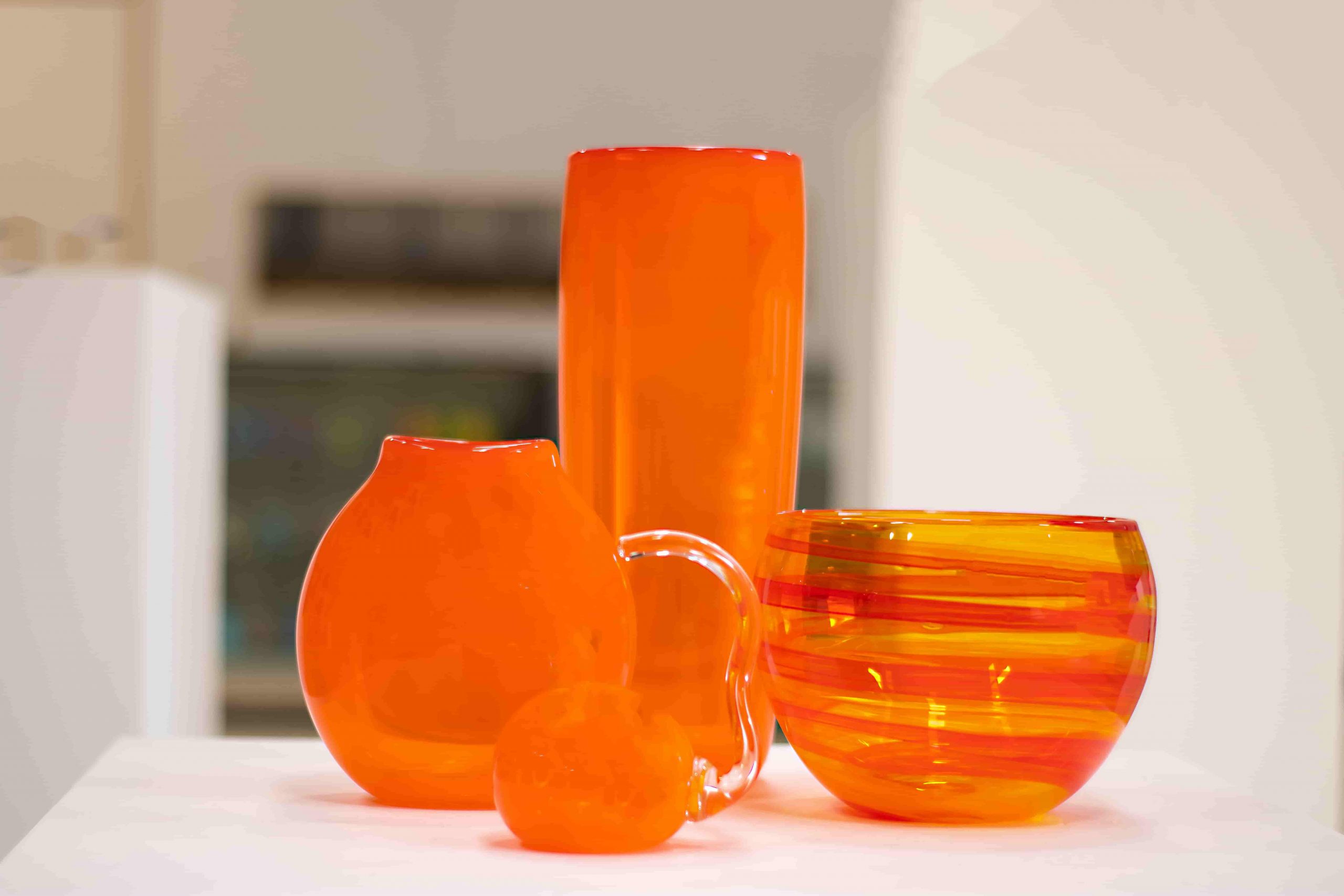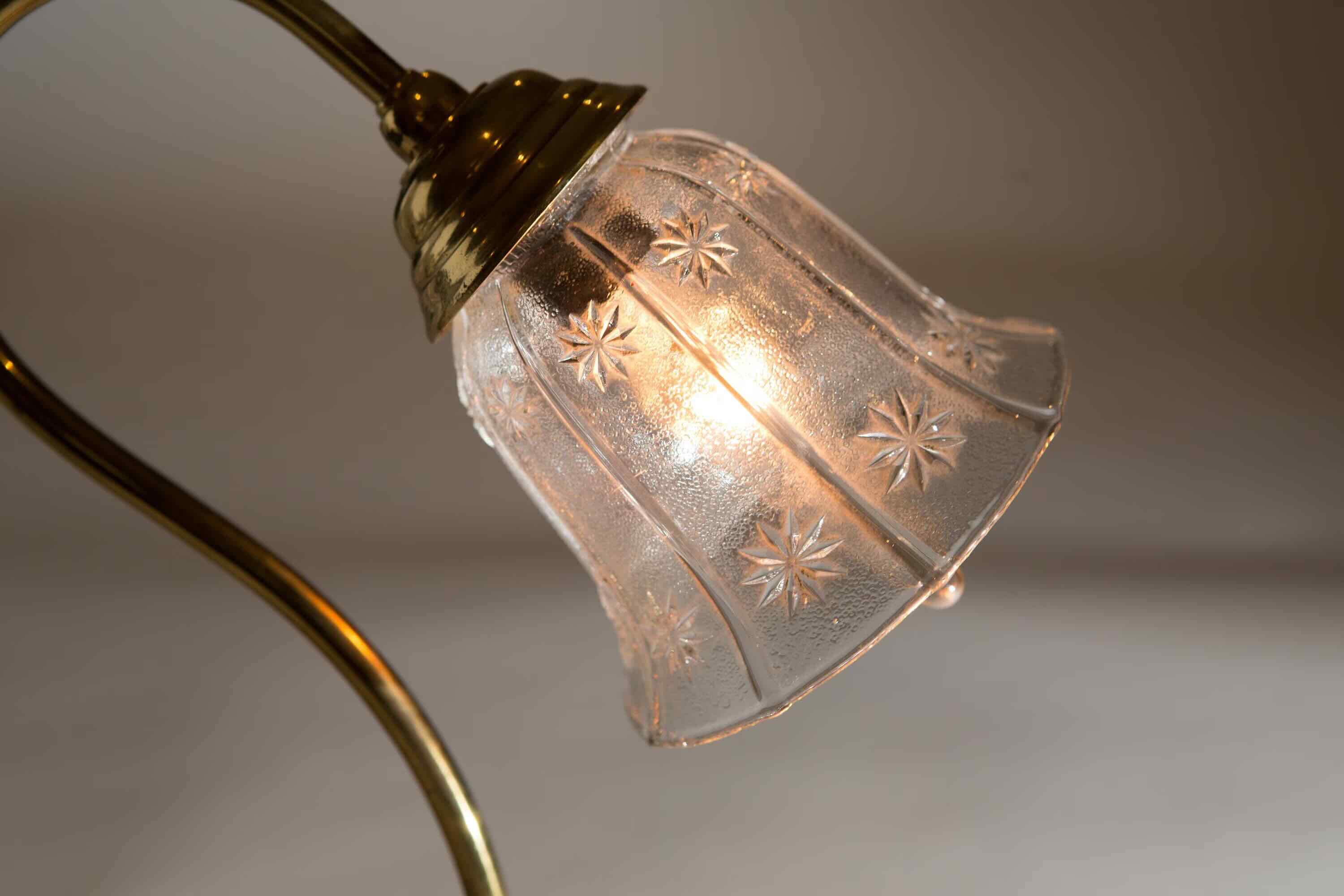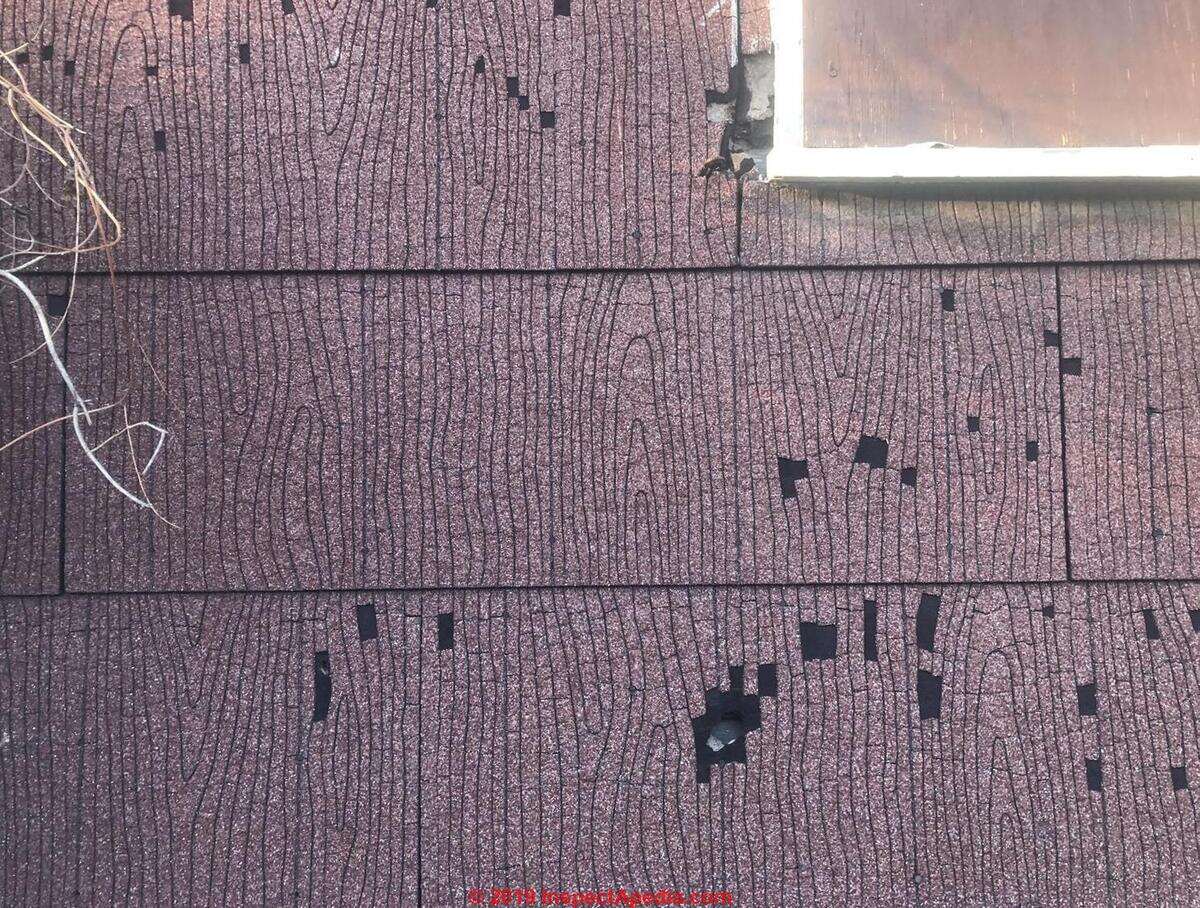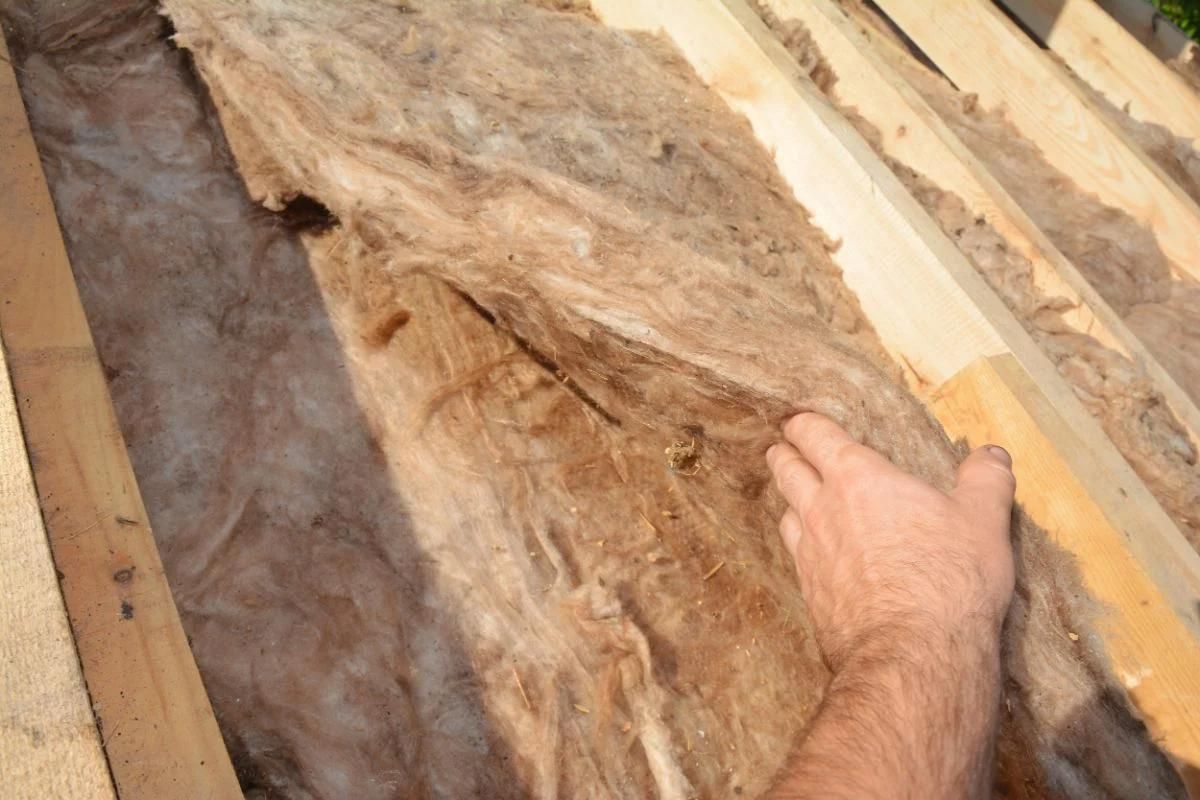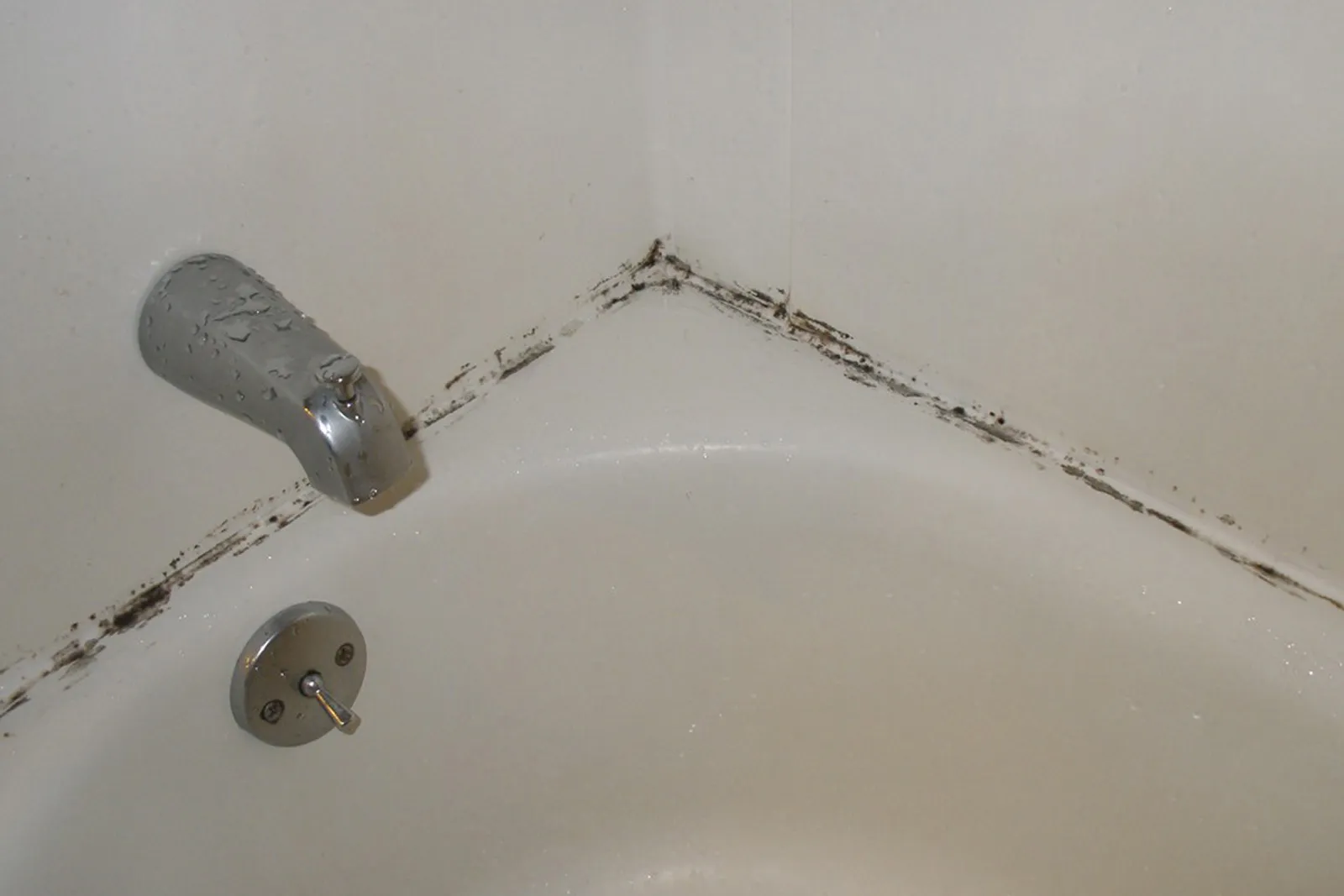Home>Furniture>Bedroom Furniture>How To Tell If A Mattress Has Mold
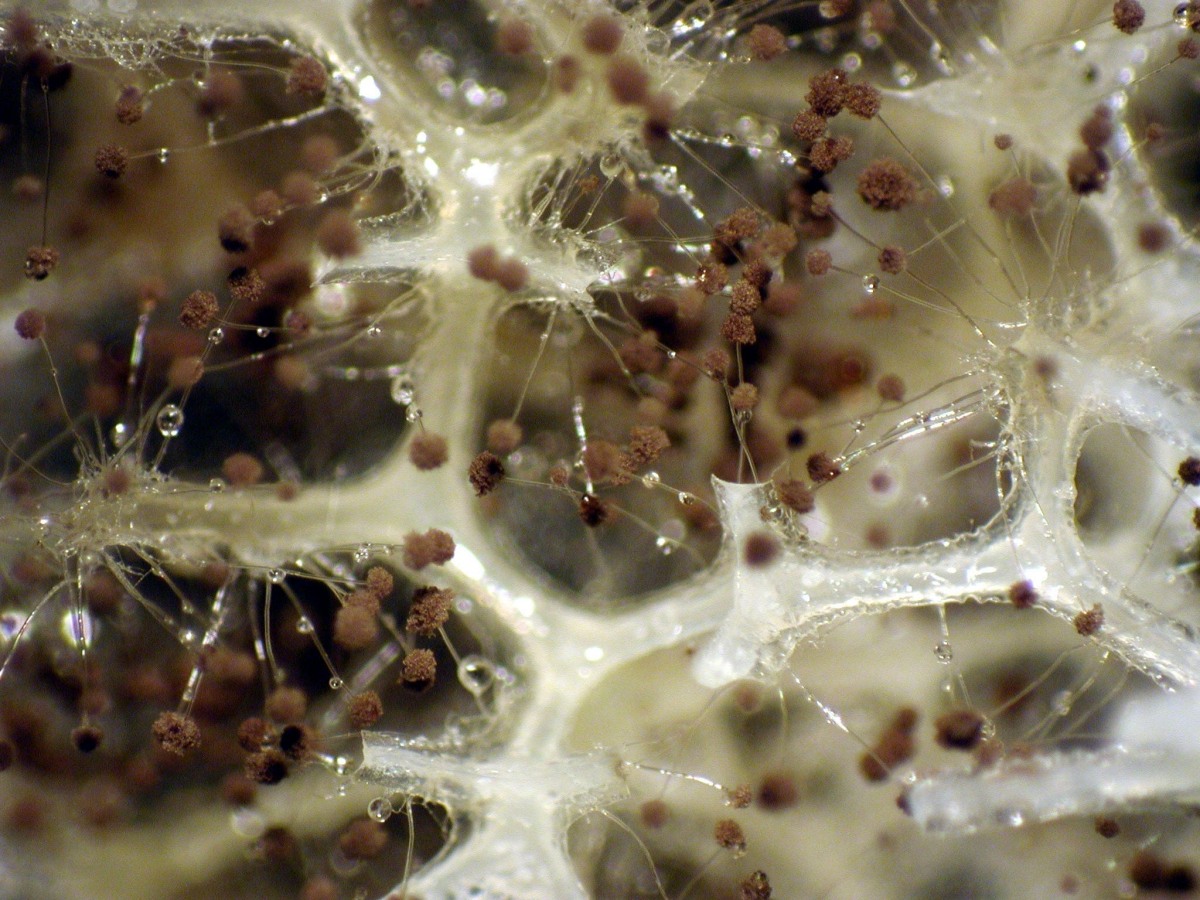

Bedroom Furniture
How To Tell If A Mattress Has Mold
Modified: August 26, 2024
Learn how to determine if your bedroom furniture, specifically your mattress, contains mold. Protect your health and discover effective solutions with our helpful guide.
(Many of the links in this article redirect to a specific reviewed product. Your purchase of these products through affiliate links helps to generate commission for Storables.com, at no extra cost. Learn more)
Introduction
Having a good night’s sleep is important for maintaining optimal health and well-being. Your mattress plays a crucial role in providing the comfort and support needed for restful sleep. However, one problem that can disrupt your sleep and pose serious health risks is mold growth on your mattress.
Mold is a type of fungus that thrives in damp and humid environments. When it finds its way onto your mattress, it can cause a host of issues, such as respiratory problems, allergies, and even infections. That’s why it’s essential to be able to identify and address mold growth on your mattress promptly.
In this article, we will guide you through the process of identifying if your mattress has mold and provide steps on how to deal with it. Additionally, we will offer valuable tips on how to prevent mold growth in the first place, ensuring you can enjoy a healthy and hygienic sleep environment.
Key Takeaways:
- Don’t let mold ruin your sleep! Look out for visible spots, musty odors, and allergic symptoms to identify mold on your mattress. Act swiftly to clean and prevent future growth for a healthy sleep environment.
- Keep your mattress mold-free by maintaining proper ventilation, using a breathable protector, and regular cleaning. Act fast if you spot mold, and consult a professional if needed for a healthy sleep space.
Read more: How To Tell If Motion Detector Has A Camera
Signs of Mold on a Mattress
Mold can be sneaky, often hiding in hard-to-reach areas of your mattress. However, there are several telltale signs that can help you identify if your mattress has mold. Keep an eye out for the following signs:
- Visible Mold Spots: The most obvious sign of mold growth on a mattress is the presence of visible black, green, or brown spots. These spots can appear on the surface of the mattress or on the sides.
- Musty Odor: Mold has a distinct musty smell, so if you notice an unpleasant and lingering odor coming from your mattress, it could be a sign of mold infestation.
- Allergic Symptoms: Mold spores can trigger allergies and respiratory issues. If you experience symptoms like sneezing, coughing, watery eyes, or congestion when you are near your mattress, it could indicate the presence of mold.
- Discoloration and Stains: Moisture from mold can cause discoloration and stains on the mattress fabric. Look for any unusual dark or discolored patches.
- Peeling or Flaking Material: Mold can cause materials, such as foam or fabric, to deteriorate. If you notice any peeling, flaking, or crumbling of the mattress surface, it could be a sign of mold growth.
It’s important to note that mold can spread quickly and penetrate deep within the layers of your mattress, making it difficult to spot visually. Therefore, it’s essential to regularly inspect and maintain your mattress to prevent mold from infesting your sleep environment.
Steps to Check for Mold on a Mattress
If you suspect mold growth on your mattress, it’s crucial to take immediate action. Follow these steps to thoroughly check for mold:
- Remove all bedding: Strip off all sheets, blankets, and mattress protectors to expose the surface of the mattress.
- Inspect visually: Carefully examine the entire surface of the mattress, including the top, sides, and seams, for any visible signs of mold. Look for discolored spots, stains, or any unusual growth.
- Use a flashlight: Mold can be difficult to spot, especially in darker areas. Shine a flashlight over the mattress surface to help identify any hidden mold growth.
- Check the mattress seams: Mold often accumulates in the seams and crevices of a mattress. Run your fingers along the seams to feel for any dampness, unusual textures, or moldy odors.
- Inspect the underside: Flip the mattress over and inspect the bottom for any signs of mold. Pay close attention to areas that come into contact with the bed frame or foundation.
- Check for moisture: Mold thrives in moist conditions. Use a moisture meter to check the moisture level on the surface of the mattress. If it reads high, it could indicate a conducive environment for mold growth.
- Perform a scent test: Mold has a distinct musty smell. Take a deep sniff near the mattress surface to detect any unusual odors that may indicate mold growth.
If you notice any signs of mold during this inspection process, it’s crucial to take immediate action to prevent further spread and potential health issues.
Check for musty odors, visible mold growth, or any signs of water damage on your mattress. If you suspect mold, it’s best to replace the mattress to avoid potential health issues.
Dealing with Mold on a Mattress
Discovering mold on your mattress can be concerning, but it’s essential to address the issue promptly to minimize health risks and further contamination. Follow these steps to effectively deal with mold on your mattress:
- Isolate the affected area: As soon as you spot mold, isolate the affected area to prevent the mold spores from spreading. Remove any bedding, pillows, or other items in close proximity to the moldy area.
- Wear protective gear: Mold can cause allergic reactions and respiratory issues, so it’s vital to protect yourself before cleaning. Put on gloves, a mask, and goggles to minimize exposure to mold spores.
- Vacuum the mattress: Use a vacuum cleaner with a HEPA filter to carefully vacuum the entire surface of the mattress. Pay special attention to the moldy spots and seams. This will help remove loose mold spores and surface debris.
- Spot clean with vinegar: Vinegar is a natural disinfectant and can effectively kill mold. Mix equal parts of distilled white vinegar and water in a spray bottle. Spray the solution onto the moldy areas of your mattress and let it sit for at least an hour before using a clean cloth to blot and remove the solution.
- Dry the mattress: Mold thrives in moist environments, so it’s crucial to thoroughly dry your mattress. Open windows, use fans, or place the mattress in a well-ventilated area to promote air circulation and speed up the drying process. Avoid direct sunlight, as it can cause discoloration.
- Use a mattress cover: Once your mattress is completely dry, consider using a waterproof and breathable mattress cover. This will act as a barrier against moisture and prevent future mold growth.
- Consult a professional: If the mold growth is extensive or persists despite your best efforts, it may be necessary to seek professional help. A mold remediation specialist can assess the situation and provide appropriate treatment.
Remember, when it comes to dealing with mold, it’s important to act swiftly and take precautionary measures to protect yourself and prevent further contamination.
Preventing Mold Growth on a Mattress
Prevention is key when it comes to mold growth on your mattress. By taking proactive measures, you can create a healthy and mold-free sleep environment. Follow these tips to prevent mold from infesting your mattress:
- Keep your bedroom well-ventilated: Proper airflow is essential for preventing moisture buildup. Open windows, use fans, or consider using a dehumidifier to maintain a dry and well-ventilated bedroom.
- Control humidity levels: Mold thrives in humid conditions. Keep the humidity levels in your bedroom between 30 and 50 percent. Use a hygrometer to monitor humidity levels and a dehumidifier if necessary.
- Invest in a breathable mattress protector: A breathable mattress protector can help prevent moisture from seeping into your mattress while allowing proper airflow. Choose a waterproof protector that is specifically designed to be breathable.
- Regularly clean and maintain your mattress: Clean your mattress regularly to prevent the buildup of dust, dirt, and moisture. Vacuum your mattress at least once a month and spot clean any spills or stains as soon as possible.
- Avoid eating or drinking in bed: Consuming food or beverages in bed can lead to accidental spills and moisture buildup. It’s best to keep eating and drinking confined to other areas of your home.
- Rotate and flip your mattress: Regularly rotating and flipping your mattress can help distribute weight more evenly and prevent moisture from collecting in specific areas.
- Avoid placing the mattress directly on the floor: Placing your mattress directly on the floor can restrict airflow and create a breeding ground for mold. Use a bed frame or foundation to lift the mattress off the ground.
- Keep an eye on potential water sources: Check for any leaks or water damage near your mattress. Address any issues promptly to prevent water from seeping into your mattress.
- Avoid excessive moisture in the bedroom: Dry wet clothes outside the bedroom, and ensure that bathroom exhaust fans are properly functioning to reduce moisture buildup in the air.
By following these preventive measures, you can significantly reduce the risk of mold growth on your mattress, ensuring a healthy sleeping environment for years to come.
Read more: How To Tell If A Light Bulb Has A Camera
Conclusion
Mold growth on a mattress is not only unsightly but also poses serious health risks. Identifying and addressing mold promptly is crucial for maintaining a healthy sleep environment. By recognizing the signs of mold, conducting regular inspections, and taking appropriate action, you can effectively deal with mold on your mattress.
Remember to wear protective gear when cleaning mold, use vinegar as a natural disinfectant, and thoroughly dry your mattress to prevent future mold growth. Additionally, implementing preventive measures such as maintaining proper ventilation, controlling humidity levels, and using a breathable mattress protector can go a long way in preventing mold infestation.
It’s essential to prioritize the cleanliness and hygiene of your mattress to ensure a restful night’s sleep free from mold-related health issues. Regularly cleaning and maintaining your mattress, avoiding eating and drinking in bed, and keeping an eye on potential water sources will help in creating a mold-free sleep environment.
If you encounter extensive mold growth or persistent mold issues despite your efforts, it may be necessary to consult a professional mold remediation specialist who can assess the situation and provide professional treatment.
By taking proactive steps to prevent mold growth and promptly addressing any signs of mold on your mattress, you can protect your health and enjoy a clean and healthy sleep environment for years to come.
Keeping your mattress free from mold is just the start. If you're eager to maintain your home in top shape, why not check out our comprehensive guide on routine upkeep? This article offers practical advice on what tasks are crucial for keeping your living space welcoming and well-maintained year-round. From tidying interiors to caring for exteriors, you'll find essential steps that can extend the lifespan of your valuable property investments. Don’t miss out on these indispensable insights!
Frequently Asked Questions about How To Tell If A Mattress Has Mold
Was this page helpful?
At Storables.com, we guarantee accurate and reliable information. Our content, validated by Expert Board Contributors, is crafted following stringent Editorial Policies. We're committed to providing you with well-researched, expert-backed insights for all your informational needs.
